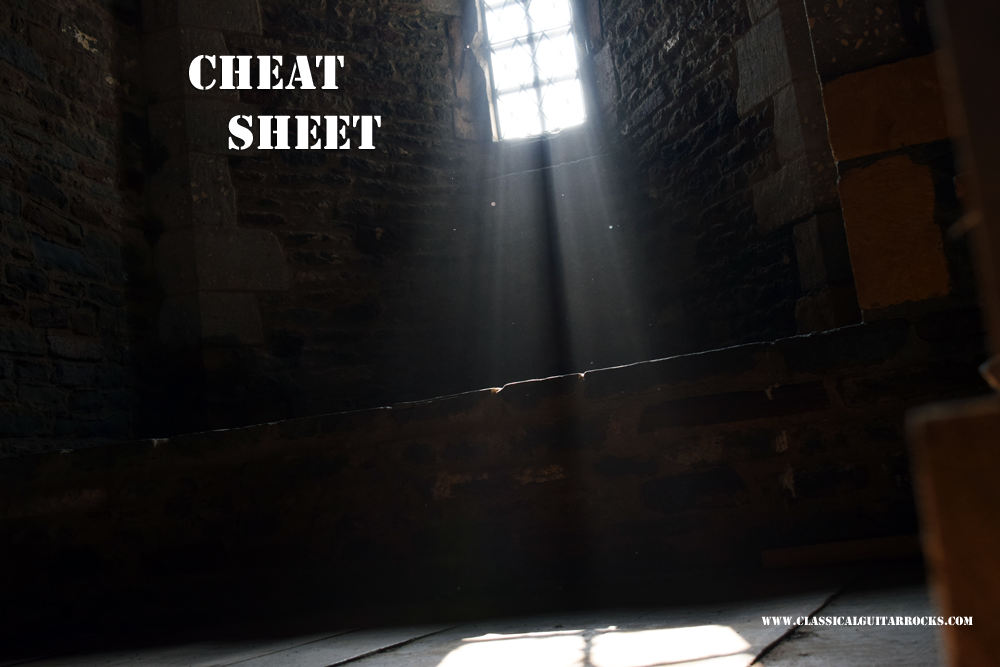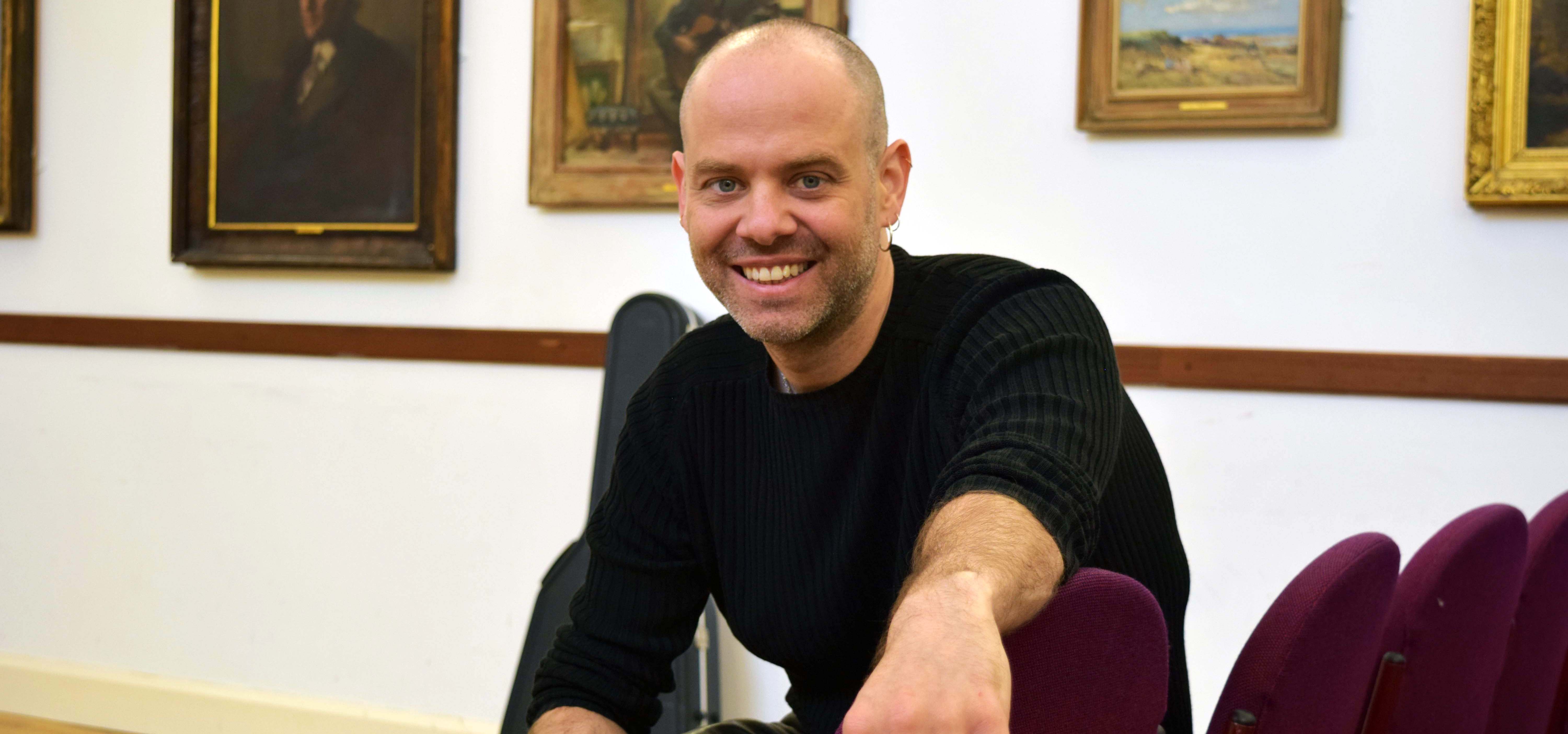
Approaching Etude No. 2 by Villa-Lobos
This post is going to cover approaching Heiter Villa-Lobos’s Etude No. 2. We will be looking into arpeggio shapes and barre chords. There is a free down load of the chord shapes and fingering available below.
Etude No. 2 by Villa-Lobos is a 2 page whirlwind study of extended arpeggio shapes across the entire fret board. Villa-Lobos was very methodical with his first 6 etudes and as such they are great technical workouts as they generally concentrate on one or two aspects of technique. In this study Page 1 deals with basic shapes, such as A minor or B7, whilst page two is all about barre chord shapes and chord extensions.
Grab your Study Guide Below
In order for this study to get off the ground and be fluid, you need to get the chord shapes under the fingers solidly. So practice the shapes first on their own, before playing with the right hand pattern. Note that some shapes are duplicated across the fretboard, same fingering and shape.
The same can be said for the right hand pattern.

Practice it with open strings first. Note that when playing arpeggios on the guitar a common sequence of fingers is utilized; generally PIMA IMA.
Below is my solution to the F major sub at bar 25 that maintains the hammer on texture.

And here is the solution for the final harmonics. These are both hands working in tandem, normal playing and left hand plucking.

Check out the video below, which steps through each shape slowly keeping in mind the below tips.
Tip 1:
Practice each bar on its own until it is secure, before moving to the next.
Tip 2:
Let the elbow lead any big shifts, and pivot off its point. The roll of the left hand elbow is crucial to facilitating the shifts…
…and for easing the left hand fingers around any barred chords.
Tip 3:
The elbow, again, needs to facilitate the use of the left hand fingers around the barred chords, such as bars 16 – 21 where a static first finger has fluid 2, 3, and 4 fingers are being placed along side it.
Tip 4:
Don’t be afraid to alter fingering in the repeat bars.
Sometimes altering the way you come down an arpeggio shape will ease the transition into the next chord. The B7 at bar 21, into 22, is a great example. Can you finger it another way?
Right Hand
As a general rule the right hand pattern will always be PIMA IMA IMA up and AMI AMI AMI down the arpeggio. However that is not always the case so check the suggested fingers in the chord chart below. If you are still new to arpeggios on the guitar use bars 5 – 8, which are standard shapes for A & E, to practice this slowly.
Tip 4:
Planting is essential to securing arpeggios, especially at speed. So practice the full study, super slow concentrating on the right hand finger placement coordinated correctly with the left hand movements. This will then become second nature thus allowing you to speed up.
- Speed is a by product of relaxed (good) technique.
This study is a great warm up piece, or even a show piece (see Matt Palmer scaring guitarists for life below). Approach it slowly and practice with a metronome, pushing the speed a little each session, and maybe you too can play it in under a a minute and a half.
Free Download Below
Free download of a cheat sheet with the fingerings and positions of the chord shapes, plus tab.




